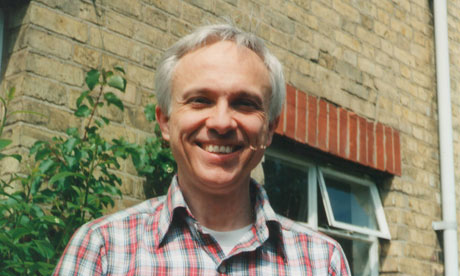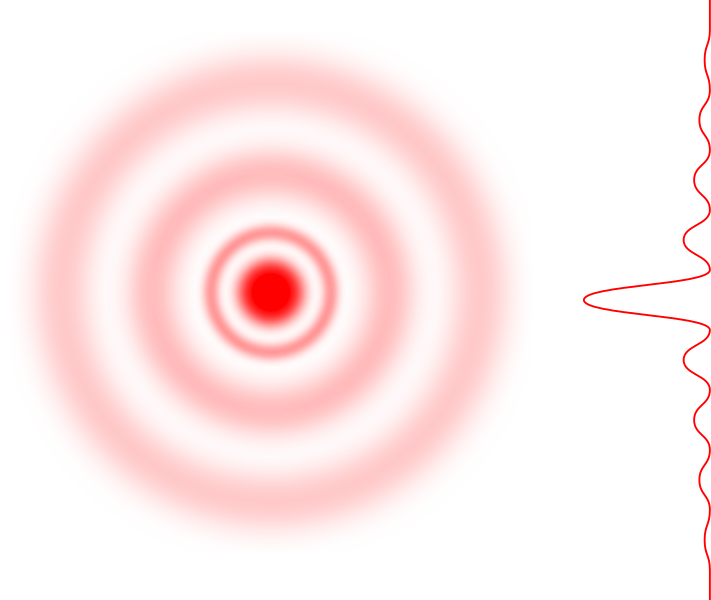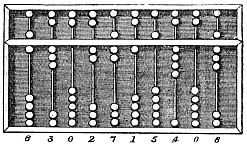Professor Christopher French, co-ordinator of the Anomalistic Psychology Research Unit at Goldsmith University, designed a simple experiment where he asked two professional mediums to write something about five individuals who were concealed behind a screen.

Professor Christopher French
The five volunteers were then asked to identify themselves from these psychic readings. The success rate was one in five, which is consistent with picking at random.
The defense
“Psychic energy” was not likely to work in the setting created for the experiment.
Patricia Putt, one of the mediums tested
How do you argue against people like that?
Well, the point is that people should not believe anything without some kind of evidence. This does not include anecdotal evidence and certainly one cannot believe claims that are just consistent with chance.
In science one requires any experiment to be repeatable. That is if I run my experiment more than once, I should get results that are consistent. This does not mean necessarily identical results, as we have systematic errors and sometime randomness to take into account. However, everything should be “telling me the same thing”.
Even more important is the independent verification of results. Experimental claims are usually reexamined by other groups to check everything is okay. Even better than this are completely different experiments that point to the same result.
So, as these mediums could not “perform on the day” and no other irrefutable experiment evidence has suggested psychic abilities really do exist, we have every right to remain skeptical.
Links






